INTRODUCTION
San Juan de la Cruz was a poet of paradox. He wrote few poems, or if he wrote more than we have, made little effort to preserve them.
Yet in the eleven central poems of his work, we have a poet unsurpassed in the Spanish language, a companion in quality to Sappho and Li Po, to Emily Dickinson and Cavafy. He was widely eclectic and openly derivative, yet among the most original poets in any tongue. He was not at all concerned with his place as a poet or the worth of poetry in itself, yet poetry was so important to him that it was, he wrote in his commentaries, the only means of expressing the ineffable. In San Juan we feel the deepest, most withdrawn sense of solitude, though his theme was union. He sought freedom from the senses although his own poems comprise the most intensely erotic literature written in the Iberian peninsula from the time of the Moors to Garca Lorca. Although he was a monk who had taken vows of chastity, his allegory to express oneness with an absolute being was the sexual climax of lovers.
Usually he wrote in the first person singular, but his poems are never autobiographical in the ordinary sense of small incidents, as in poems of Quevedo or Lope; he always wore a masknormally that of the female loveryet behind the mask the lyrical speaker of the poems is universally personal and, in an almost spatial sense, profoundly within San Juan himself. He looked for darkness to find fire, and was comforted by his unknowing, which gave him hope of knowing. He withdrew from the world to be closer to his God, yet nature and human love are the key to his poetry. To rise, San Juan fell to the blackest bottomland. To live, he had to die in life, his poems say. To waken he closed his eyes in order to see in the black night.
As in the Platonic allegory of the cave, each step toward the sun of fire produced instant blindness and the sun itself oblivion. And while he moved toward the invisible, he gave us the things of this world in startling light. What he saw, he tells us, left him stunned and stammering, yet his words, far from being sloppy and vague, are clear in sound and meaning, with the plain economy of a perfect circle. San Juan was persecuted during his lifetime, tortured and crippled by his accusers. Yet he is said to have been a man of unshakable equanimity, without rancor. Unlike those of Fray Luis, his poems were of joy rather than resentment, and when severe, only against himself.
They never shout, are never wild or inflated; they are precise, and express beauty and intense passion with simple ease. San Juan had two hours: the dark night of Noche oscura and La fonte, and the pristine day of Cntico espiritual; in both moments he was a poet of love and ecstasy. No poet in the West has traveled so thoroughly in the bright and black air of ecstasy. HIS LIFE The poets family name was Juan de Yepes. The name is brief and curiously, in a Spanish class sense, humilde (humble)far different from the resonant quality of San Juan de la Cruz, which, as Jorge Guilln points out, even translates into other languages with outstanding success: Saint Jean de la Croix, San Giovanni della Croce, Saint John of the Cross.Like Fray Luis and Santa Teresa, the other major Spanish mystics, he came in part from a family of conversosnew Christians who had been forced to convert from Judaism. A few years after his birth his father died, leaving a widow and three sons in deeper poverty.
Juan worked variously as a painter, carpenter, and tailor. His mother worked at the family loom. In his adolescence the family moved to Medina del Campo, a larger, somewhat prosperous town nearby, where Juan worked at one time begging alms in the streets for a hospital that treated syphilitic patients. Most of his day he spent in the streets or at the hospital, but he was allowed time off to receive his first real education at a newly founded Jesuit school. He was evidently an exceptionally good student, learned Latin well, and remained at the school until he was twenty-one. Then he was offered the chaplaincy of the hospital at which he had been working, but chose instead to take vows as a Carmelite friar.
He took the name of Juan de Santo Matas. The next year, 1564, he went to the University of Salamanca, where he remained for four years. At that time Salamanca, along with Bologna, Paris, and Oxford, was one of the great university centers in Europe. We know little of his life there, but some intriguing questions arise. Did he know or study with Fray Luis de Len, the great humanist and mystical poet? In 1572 Fray Luis was to be imprisoned in a dungeon in Valladolid for, among other things, having translated the Song of Songs directly from the original Hebrew of the Old Testament. The Song of Songs, or Canticles, was to become the source of San Juans most ambitious poem, Cntico espiritual.
We do know, however, that in 1567 Juan de Santo Matas met Teresa de Jess, a woman already in her fifties, who was then beginning her mission to reform the Carmelite order. It was a decisive meeting in his life. Teresas reform was in part a turning away from affluence, in part a return to prayer and contemplation, to austerity and the road toward mystical union. She was founding small convents and monasteries throughout Spain, and also arousing intense enmity among the unreformed Carmelites. She asked the young friar for his help. He took vows in 1568, changing his name to Juan de la Cruz.
His first assignment was a small poor farmhouse, converted into a hermitage, which he shared with a few monks at Duruelo, only a few miles from Fontiveros, Juans birthplace. Next we hear of Juan de la Cruz as master of novices at Pastrana, near Alcal de Henares, and then as a teacher in a Carmelite college in Alcal itself. In 1572 Teresa brought him to the unreformed Carmelite convent of Encarnacin at Avila. Teresa had been sent by her enemies to this unreformed convent, where she had formerly spent twenty years. But in the course of her time there, between her influence and that of Juan de la Cruz, the nuns confessor and spiritual director, the majority of the nuns were won over to the reform movement. An election among the nuns was held to determine the new prioress, and Teresa, who a few years before had been the prioress, was certain to be elected to this position.

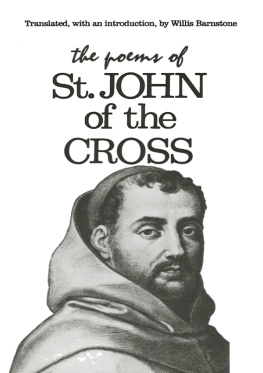

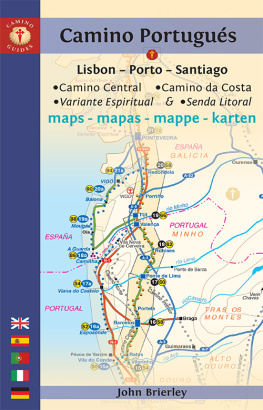
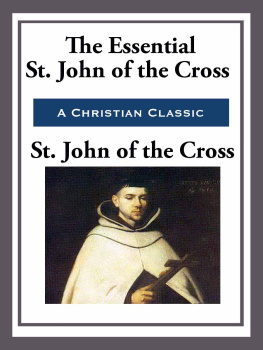
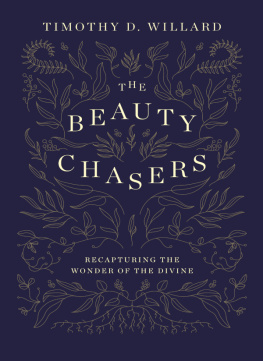

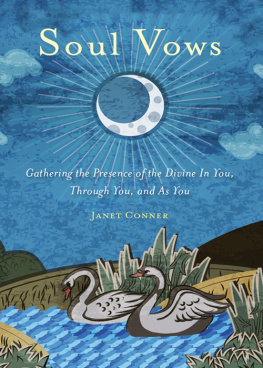
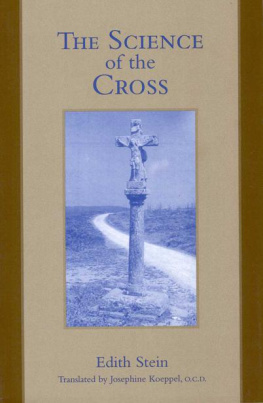
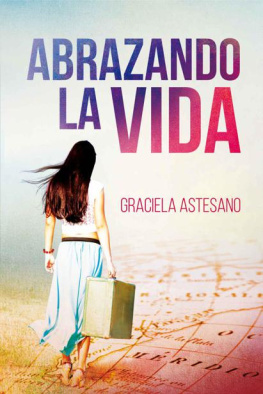
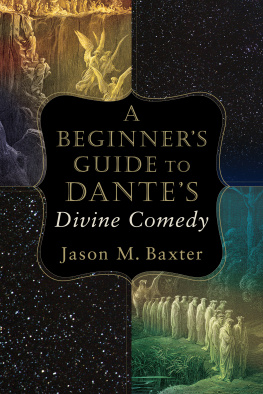
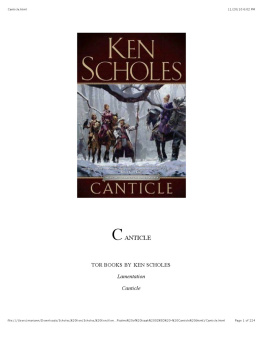
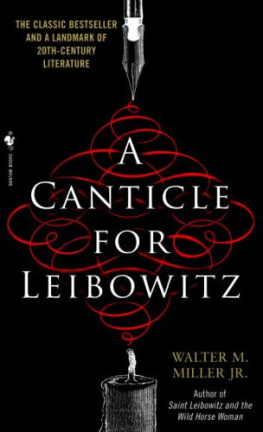
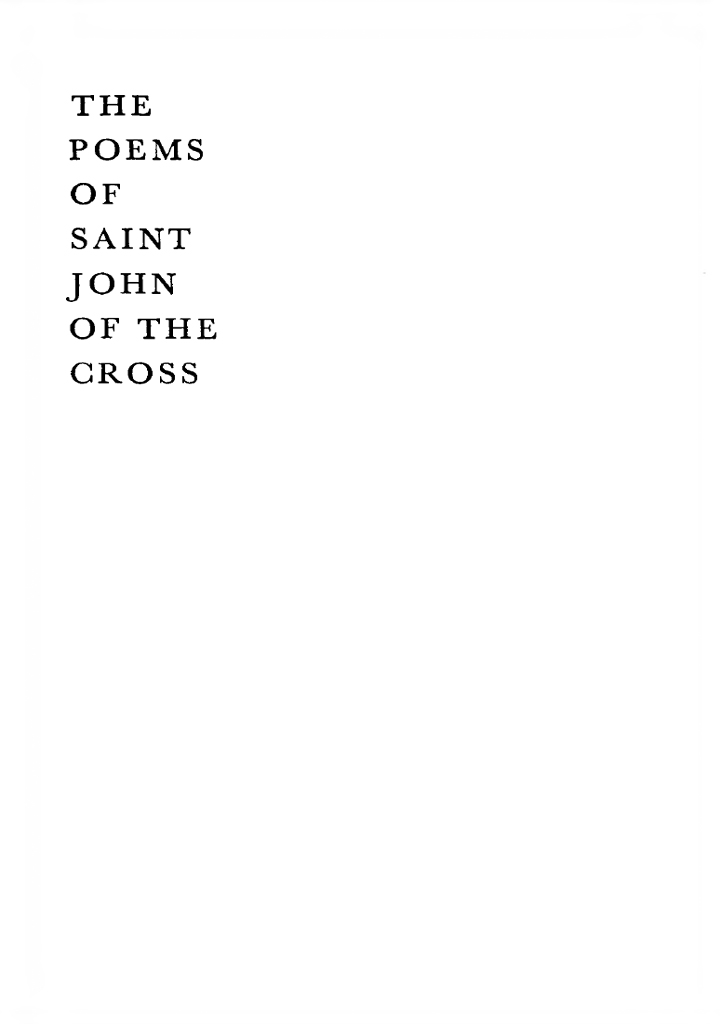 BOOKS BY WILLIS BARNSTONE POETRY From This White Island (Twayne, 1959) A Day in the Country (Harper & Row, 1970) New Faces of China (Indiana, 1972) China Poems (Missouri, 1976) Overheard (Raintree, 1979) A Snow Salmon Reached the Andes Lake (Curbstone, 1980) Ten Gospels & a Nightingale (Triangular, 1981) Five A.M. in Beijing (Sheep Meadow, 1987) CRITICISM The Poetics of Ecstasy: Varieties of Ekstasis from Sappho to Borges (Holmes & Meier, 1983) The Other Bible: Jewish Pseudepigrapha, Christian Apocrypha, Gnostic Scriptures (Harper & Row, 1984) Borges, Poets of Ecstasy (St. Lukes Press, 1985) TRANSLATIONS The Other Alexander by Margarita Liberaki (with Helle Tzalopoulou Barnstone), (Farrar, Straus, and Giroux [Noonday], 1959) Greek Lyric Poetry (Bantam, 1962; Schocken, 1972) Sappho (Doubleday, 1965) Physiologus Theobaldi Episcopi (Indiana, 1964) The Song of Songs (Kedros, Athens, Greece) The Poems of Saint John of the Cross (New Directions, 1967) The Unknown Light: The Poems of Fray Luis de Leon (SUNY, 1979) My Voice Because of You by Pedro Salinas (SUNY, 1976) The Poems of Mao Tse-tung (Harper & Row, 1972) The Dream Below the Sun: Selected Poems of Antonio Machado (Crossing, 1981) Bird of Paper: Selected Poems of Vicente Aleixandre (Ohio University, 1981) Sappho and the Greek Lyric Poets (Pantheon/Random House, 1988) Six Masters of the Spanish Sonnet (S. Illinois University Press, 1992) ANTHOLOGIES A Book of Women Poets from Antiquity to Now, ed. with Aliki Barnstone (Schocken, 1980) Eighteen Texts (Harvard, 1972) Borges at Eighty: Conversations (Indiana, 1972)
BOOKS BY WILLIS BARNSTONE POETRY From This White Island (Twayne, 1959) A Day in the Country (Harper & Row, 1970) New Faces of China (Indiana, 1972) China Poems (Missouri, 1976) Overheard (Raintree, 1979) A Snow Salmon Reached the Andes Lake (Curbstone, 1980) Ten Gospels & a Nightingale (Triangular, 1981) Five A.M. in Beijing (Sheep Meadow, 1987) CRITICISM The Poetics of Ecstasy: Varieties of Ekstasis from Sappho to Borges (Holmes & Meier, 1983) The Other Bible: Jewish Pseudepigrapha, Christian Apocrypha, Gnostic Scriptures (Harper & Row, 1984) Borges, Poets of Ecstasy (St. Lukes Press, 1985) TRANSLATIONS The Other Alexander by Margarita Liberaki (with Helle Tzalopoulou Barnstone), (Farrar, Straus, and Giroux [Noonday], 1959) Greek Lyric Poetry (Bantam, 1962; Schocken, 1972) Sappho (Doubleday, 1965) Physiologus Theobaldi Episcopi (Indiana, 1964) The Song of Songs (Kedros, Athens, Greece) The Poems of Saint John of the Cross (New Directions, 1967) The Unknown Light: The Poems of Fray Luis de Leon (SUNY, 1979) My Voice Because of You by Pedro Salinas (SUNY, 1976) The Poems of Mao Tse-tung (Harper & Row, 1972) The Dream Below the Sun: Selected Poems of Antonio Machado (Crossing, 1981) Bird of Paper: Selected Poems of Vicente Aleixandre (Ohio University, 1981) Sappho and the Greek Lyric Poets (Pantheon/Random House, 1988) Six Masters of the Spanish Sonnet (S. Illinois University Press, 1992) ANTHOLOGIES A Book of Women Poets from Antiquity to Now, ed. with Aliki Barnstone (Schocken, 1980) Eighteen Texts (Harvard, 1972) Borges at Eighty: Conversations (Indiana, 1972)  FOR
FOR